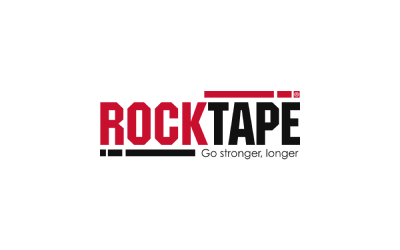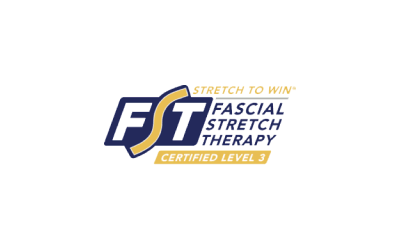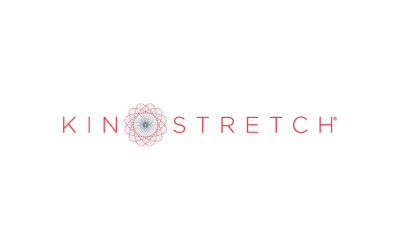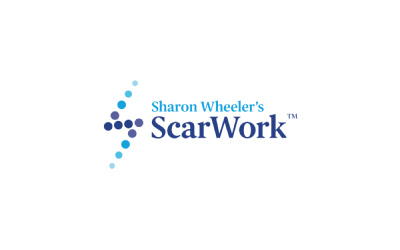Join the conversation.
Joint Health
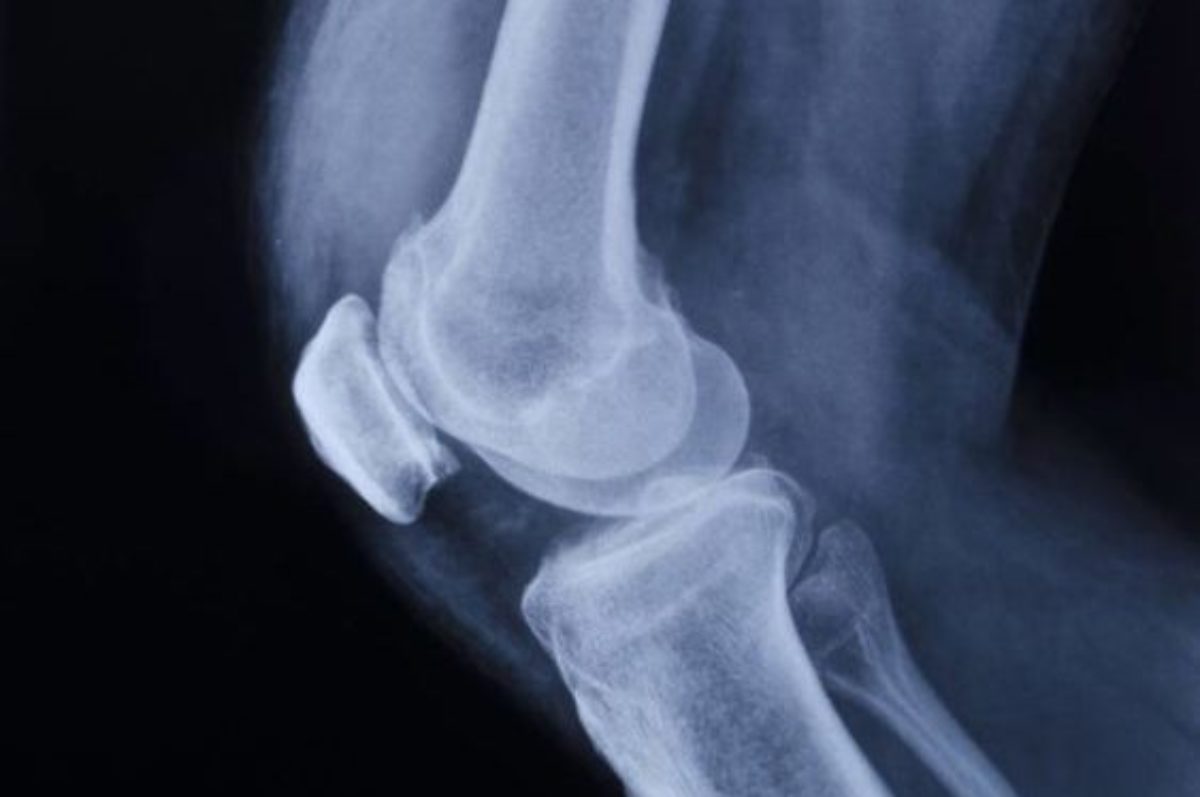
The importance of joint health
As we age, the importance of joint health becomes paramount to ensure that we are able to maintain an active lifestyle while staying pain free.
For every decade that we age, we lose 10% of our mobility, of this 10%, 49% is from our joint capsules.
Now, these are just numbers, but when we put them beside images, showing what a loss of 6-7 degrees of hip flexion per decade, and 5-6 degrees of shoulder flexion per decade looks like, it paints a rather grim picture, doesn’t it. (also please excuse our lack of photoshop skills…we are body people, not designer people…)
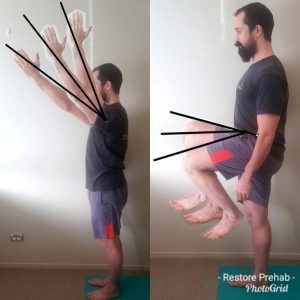
What Silver Bullet do I need?
Joint health cannot simply be classified as one specific treatment, as you all know we have to look at the body holistically, gone are the days of segmenting the body as we delve further into structural tensegrity.
The health of a joint capsule relies heavily, not only on its achievable active Range of Motion (RoM), but also the healthy muscle mass around it and bone density, which, much like the loss of mobility through the joints over time, these too become compromised with age.
After the age of 30, we begin to lose muscle mass at a rate of 3-8% per decade, with our bone mass density peaking, which then slowly begins to diminish by the time we hit 40. Overlay these 2 events, with the diminishing joint capacity and you would be right to be a little concerned for your future self.
The good news being these 3 events also provide us with great opportunities for our personal development! The rate of muscle loss is directly influenced by the amount of physical activity we do throughout our lives, bone density can be maintained, and even increased. Even joint capsules can be kept healthy and mobile.
What can I do then?
Take this image for example; While we cannot comment on how mobile the joints are, we can see that the 70 year old triathlete has much more developed muscle mass through the quads compared to the non-athletic 74 year old, who has much less muscle tissue, and much more adipose fatty tissue.
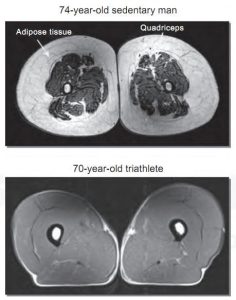
We aren’t saying you have to drop everything and become a triathlete, but you do have to move.
At Restore, our biggest aim is to ensure that you are moving well and moving often.
Using handpicked, international systems, we provide you with the tools that you need to be able to do this.
Your first step in a more mobile and pain free future is to increase your joint capacity and movement.
Fascial Stretch Therapy™ [FST] and Functional Range Conditioning® [FRC] are two great tools which can facilitate this.
However, the combination of these two techniques yields even better outcomes and you can only find both of these available in NZ at Restore Prehabilitation & Recovery®.
Tell me more...
FST™ is ideal to calm the nervous system and it’s protective barriers, allowing our therapist to work with you to efficiently create or “rent” the space required throughout the joint capsules and wider fascial network, this can then be followed by up-regulating and re-educating the neurological system via FRC® to “own” and actively control the joint and associated limbs through the new ranges of motion.
When FRC® is practiced regularly, in isolation or as a combined tool, you actively gain strength, stability and most importantly resilience through all of the target tissues including the joint capsule, which can dramatically slow age-related loss of mobility.
The 3 main principles or goals of FRC® are all closely inter-related and acquired simultaneously;
Mobility Development
Mobility refers to the amount of active, usable motion that one possesses. The more mobile a person is, the more they are able to maximise their movement potential safely, efficiently and effectively
Joint Strength
While improving mobility and movement potential, the FRC® system also acts to bullet proof or safeguard your joints, in creating resilient tissues, so that movement can be executed safely
Body Control
FRC® training system improves the function of the nervous system. This leads to a reduction of pain and injury, whilst positively influencing joint health and longevity. Combined this provides the increased ability to move freely and easily.
Whats wrong with good old weights and yoga?
Whilst traditional weight based training or Strength and Conditioning is great and well versed on the benefits of progressive loading to muscle and bone tissue, thus assisting in preventing the decline of bone and muscle tissue mass as we age, it does not necessarily provide the Fascia, Joint Capsule, Vessels and Nerves the conditioning they require to keep up with the bone and muscle tissues, often locking the body into moving in one plane of motion.
Similarly, multiple plane of motion activities such as Yoga or Flowing can be limited on progressive overload thus potentially missing the opportunity to maximise muscle and bone density.
In addition, despite it’s multiple plane of motion nature, it can still be viewed as not specific enough to joints by not being able to fully load all joints in isolation to their outer limits, therefore not loading the whole of the fascial, neural and connective tissues with the diffusion of fresh information and nutrient rich fluids they require.
Does this mean you stop the activities you currently do and enjoy? Absolutely not!
However you will benefit greatly from a more holistic and balanced programme to ensure you are moving in multiple planes of motion, progressively overloading your muscular and bone tissue, whilst dedicating some specific time providing those all-important joints some progressive overloaded love.
